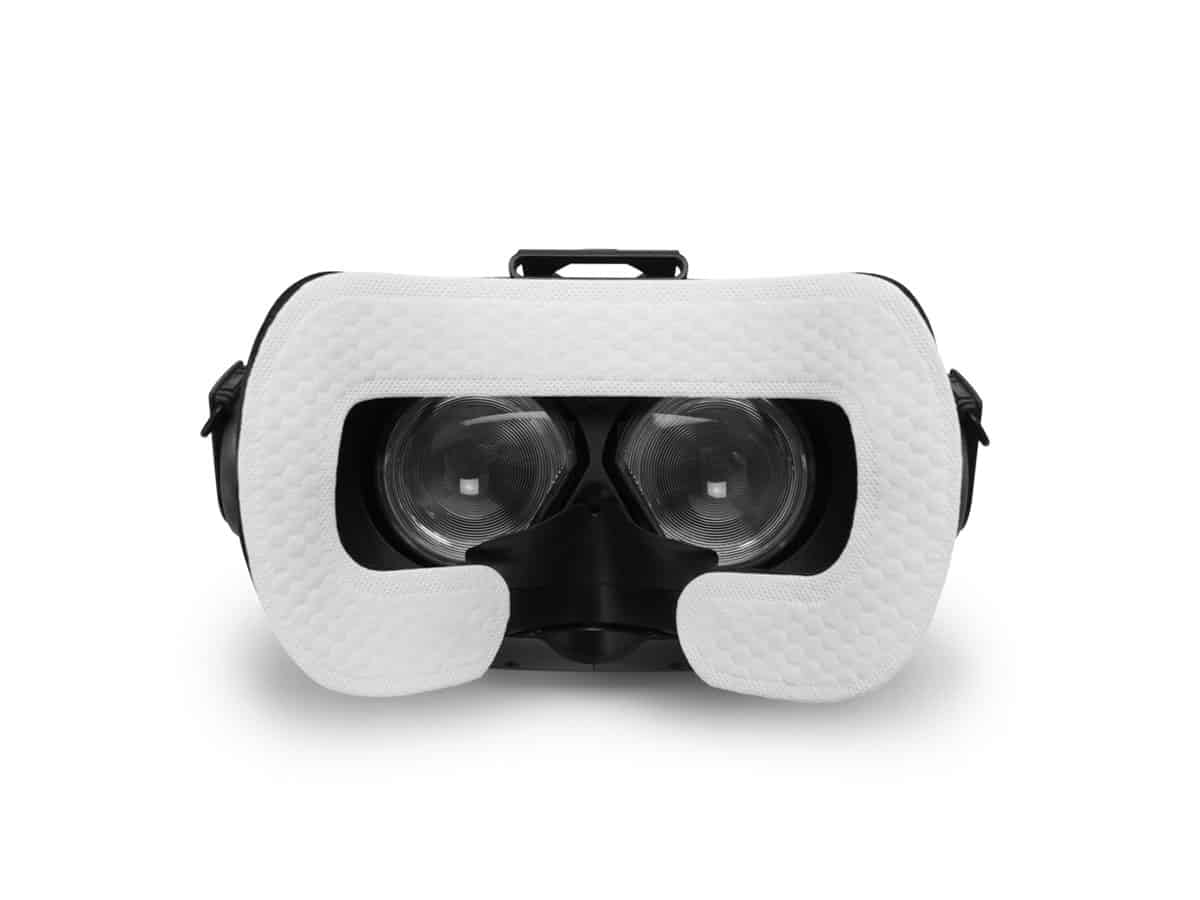Most people associate virtual reality with 360° videos and immersive gaming but the potential applications of VR go way beyond this. Companies have been experimenting with simulation and the virtual world to offer training and education to professionals as well as therapy to patients from as early as 1994. It’s getting to the stage where high end VR systems such as the HTC Vive and Oculus Rift are becoming more affordable and more developers are seeing the potential in the healthcare industry. Applications can be generally split in to three categories: medical training & education, clinical healthcare, and the consumer market.
Medical Training & Professional Education
In April 2016 Dr. Shafi Ahmed performed the world’s first operation broadcast around the world via virtual reality. Broadcasting in VR allowed anyone from around the world with a headset to experience what it’s like to be in the operation theater. Viewers ranged from medical students, trainee surgeons and inquisitive members of the public who wished to immerse themselves in a real life procedure. As patients now have more choice over who they wish to perform a procedure, it becomes harder for trainee surgeons to gain real experience. In this regard virtual reality helps to offer some realistic experience without having to stand in the OR room. If you’re interested in witnessing a surgeons job up close, the app ‘ VR in OR’ is available for download on Google’s Playstore.
Aside from watching in on surgical procedures VR is being incorporated into simulation-based training and is advancing current telementoring technologies. AiSolve and Bioflight recently worked with Children’s Hospital Los Angeles on a program to help give experience to medical students in responding to emergency trauma situations. Aside from mirroring the pressure of a real-life emergency, the experience is responsive and allows the user to make a series of choices that affect the end result. As well as giving students experience and a feel of these real life situations, when compared with traditional training experiences such as those that require an expensive dummy model and a room full of people who wait their turn and are guided by a teacher, the virtual reality training is much more time and cost effective.
Clinical Healthcare
Virtual Reality has been used to treat patients for more than two decades. Treating post-traumatic stress disorders has been one of the main uses and generally involves exposure therapy which involves gradually exposing an individual to situations that might trigger symptoms. There’s been a lot of research on VR and it’s benefits to PTSD, however it is only now that headsets such as the HTC Vive and Oculus Rift are more accessible, that developers and healthcare providers are really taking notice.
VRIT is the first academic clinic that is dedicated to therapeutic immersive technologies. They are focused on helping patients who have experienced trauma and have sensory, motor, and cognitive symptoms. Dr Kim Bullock a neuropsychiatrist at Stanford University has been using the HTC Vive as treatment to chronic pain problems since 2016 and has expanded the research to other areas of clinical healthcare. Pain therapy is the idea is that the worst pain can be alleviated by manipulating the way the human mind works: the more you concentrate on pain, the worse it becomes. Overload the brain with sensory inputs such as with virtual reality – and its capacity to process pain and to be conscious of it, goes down.
Consumer Market
At the moment consumer apps generally focus on fitness and wellness. Users now have a choice of more than 20 meditation based applications on the Steam VR store for the HTC Vive. Similar apps are also widely available for the Samsung Gear VR and Oculus Rift. Apps like DunkTank VR don’t even require an expensive headset and are compatible with cardboard headsets that use your smartphone. Mobile VR has it’s limitations with users generally being guided through experiences that aren’t exactly immersive and don’t have much interaction involved but as the premium headsets such as the HTC Vive and Oculus Rift become cheaper and more accessible to the general population there will likely be a significant growth in wellness apps that offer better interaction – and a more tempting reason for users to consider trying meditation and other wellness practices.

Hygiene
Virtual and Augmented Reality is in its youth and still has many hurdles to overcome before it’s adopted by the masses. 2017 has seen the prices of major headsets drop, making them more accessible to consumers and to healthcare providers. One of the challenges that VR Cover seeks to solve is hygiene. Using a VR device involves pressing equipment to your face, sometimes for long periods of time which can mean bacteria and dirt is easily transferred between users.
In 2016 reports emerged of users catching pink eye after being to a virtual reality exhibition. Although the cause couldn’t be definitively identified it has shown the dangers of spreading germs and made users more aware of hygiene issues.
VR Cover have developed several solutions included replaceable, sanitizable PU leather foam replacements that are suitable for healthcare environments. However, it’s the recent release of Disposable Covers that has really helped. The disposable covers are a convenient and cost effective way for hospitals to share VR equipment between users without having to worry about the spread of germs and bacteria. The disposable covers are designed for the HTC Vive however will also work with the Oculus Rift and Samsung Gear VR, they attach to the headset with an adhesive ensuring a secure fit with no distractions for the user.
Disposable Hygiene Covers are now available for purchase starting at $29.00 for the Starter Kit.


